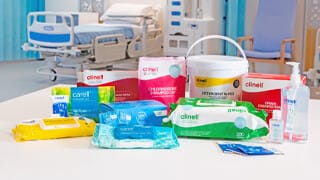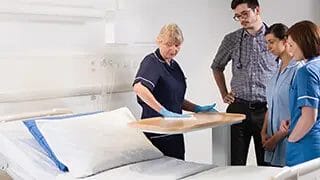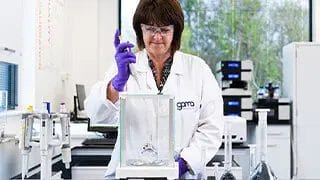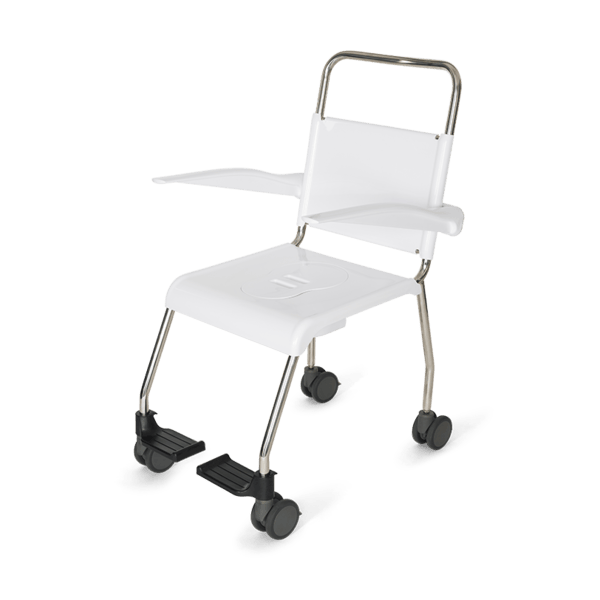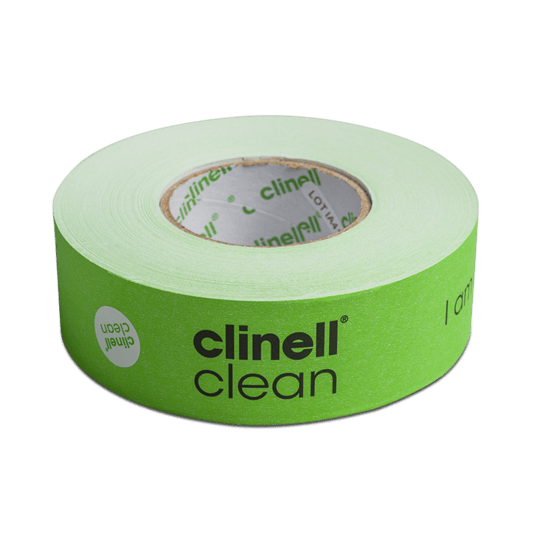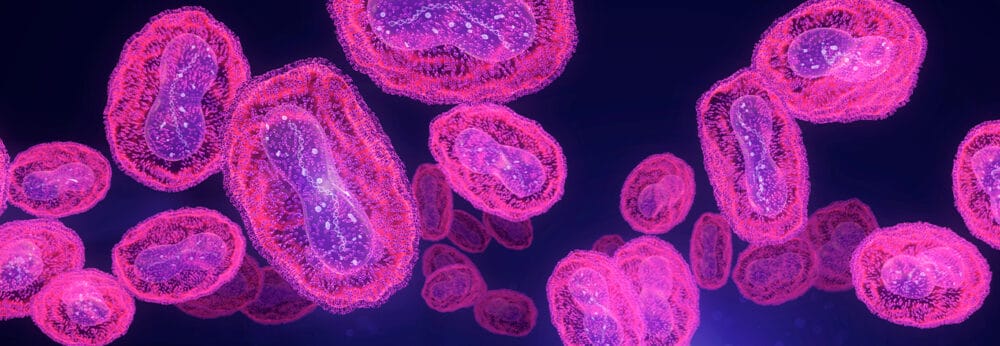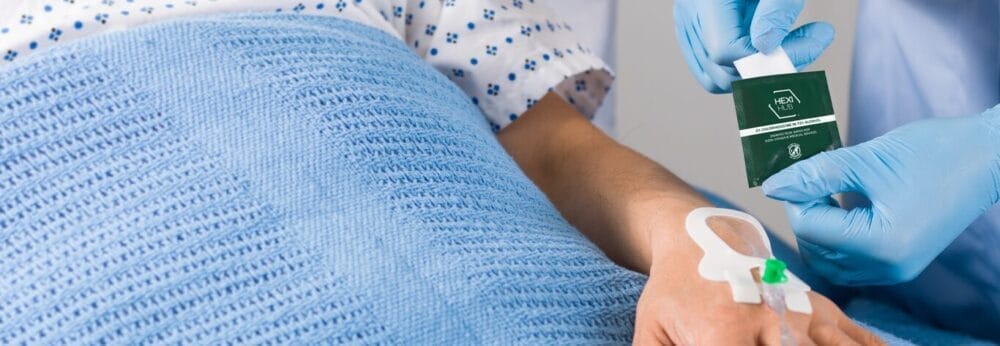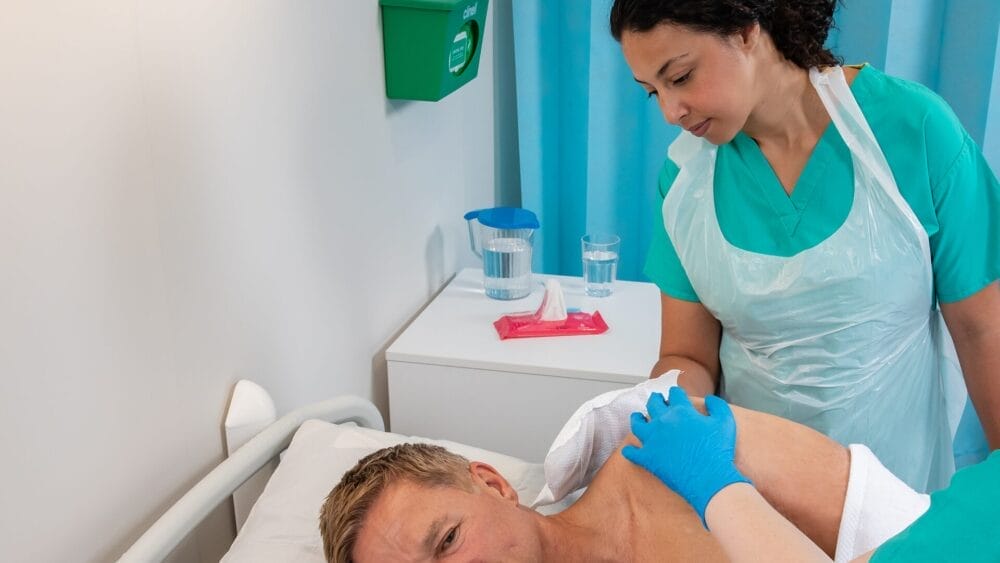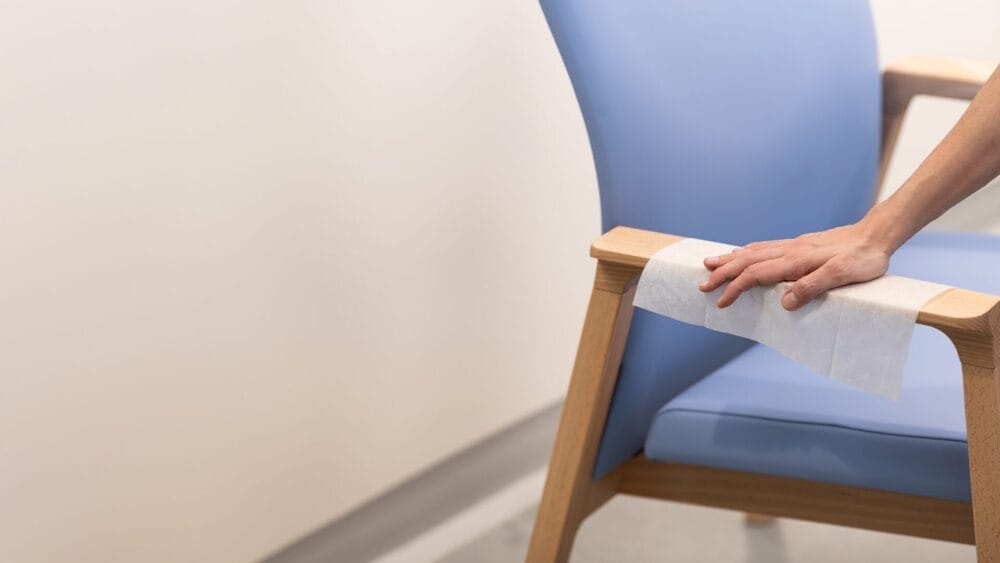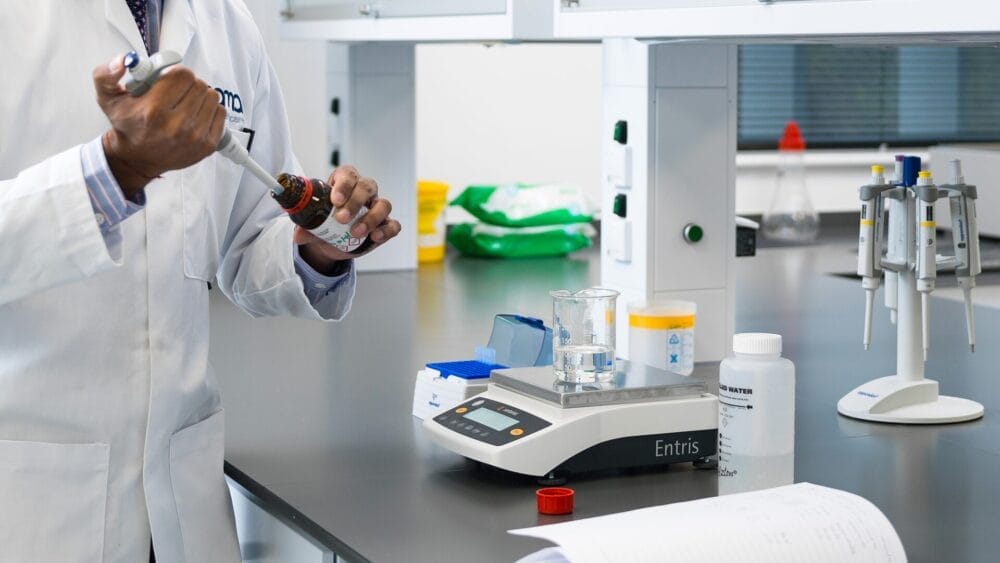Easyclean Commode
The UK’s number one infection prevention commode. Award-winning design. Quickly and easily dismantled for easy cleaning.
Winner of the GOOD DESIGN™ Award. Our Easyclean Commode is made of smooth, durable and non-porous plastic parts for easy wiping. It works with either pulp or plastic bedpans, can be placed over a toilet or used as a shower chair. No nuts, screws or bolts means fewer places for pathogens to hide, allowing you to get the best out of your disinfectant products.
Our commode frames are made from 316L grade stainless steel, a premium material produced in China with the highest level of corrosion resistance. This stainless steel is not only renowned for its exceptional corrosion resistance but also highly praised for its superior strength and durability.
Our frames undergo an advanced electrochemical anti-oxidation coating process, which not only enhances their corrosion resistance but also provides a protective layer, ensuring they maintain a long-lasting luster and durability. Each frame is also meticulously polished to ensure a smooth touch and a bright appearance, with every detail reflecting our pursuit of ultimate craftsmanship.
It is because of all the above that we now offer a 10 year warranty on our frames, making the Clinell Easyclean Commode the cheapest total cost of ownership of any commode on the market.
Product code: CCOM1
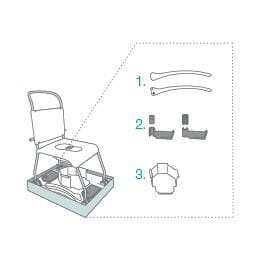

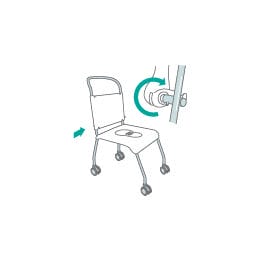
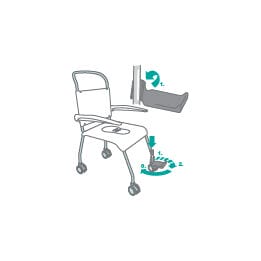
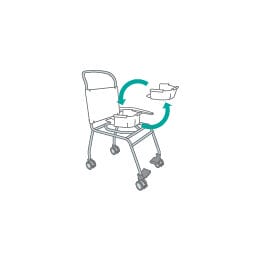
Why are commodes important in infection control?
Commodes are frequently used in hospitals and are often used by multiple patients on a ward meaning there is a chance of cross-infection between patients, particularly Clostridium difficile infections. Commodes, therefore, must be effectively decontaminated between every use. This can lead to problems as commodes are notoriously difficult to disinfect and very commonly harbour pathogens that get transmitted between patients
What prompted GAMA to launch a commode?
GAMA recognised a problem with existing commodes on the market in that they are very hard to clean and run the risk of transmitting pathogens between patients. Chlorine was often being used on commodes, causing damage to the surfaces. This itself is an infection control risk as pathogens will accumulate in the crevices and will be very hard to remove. GAMA therefore decided to launch a commode that would revolutionise the sector and be the first commode in the world to have no nuts, screws or bolts as these are all very common sites for pathogens to get into and are also hard to clean. Thanks to our specially-designed, easy to clean commode, the risk of transmission will be greatly reduced. Additionally, the Easyclean Commode is designed to be resistant to staining, rusting and damage from the various chemicals used to disinfect it after use.
What are the key benefits to the Clinell Easyclean Commode?
The key benefits are: This is the easiest to clean commode on the market. It is safe to use with chlorine, peracetic acid, hydrogen peroxide quaternary ammonium compounds (the concentration of each will vary – please refer to our technical department if you have any questions as to what you can and can’t use). Anyone can dismantle and reassemble all parts quickly and easily. The commode is cost effective as one of the lowest priced, best value commodes on the market. Each commode comes with a five-year warranty on the stainless-steel frame and 12-month warranty on parts as well as the least expensive spare parts on the market. The commode is adaptable and will fit both pulp and plastic bedpans Finally, it is also multi-functional and can be used as a shower chair or placed over a toilet.
What are the cautions for the Clinell Easyclean Commode?
The cautions are as follows: The commode must be cleaned and disinfected between each use. Take care when handling moving parts. Be careful when assembling the armrests as this is a possible finger trap. Do not mix different types of disinfectants between cleaning. Do not use chlorine products before or after using peracetic acid products. Do not use the commode if wet. Do not use abrasive materials on the commode such as wire wool. Do not use isopropyl alcohol or chlorine at more than 5200ppm. Do not place the commode parts into washing disinfectors or steam sterilisers. Do not use the commode if it is damaged or if parts are missing. Lock all four wheels before seating a patient on the commode. Lock armrests into place before seating a patient on the commode. Do not lower beds onto the commode. Do not stand on the footrests. Do not use as a transport chair. Do not push into doors, beds, cupboards or walls. Do not leave a patient unattended whilst using the commode. Do not stand on the commode. Do not sit on the arms.
How do I order parts or report a problem?
You can contact GAMA Healthcare should you wish to order any spare parts. Should you have a problem with the commode please take a note of the Lot number on your commode before you call. You will find this etched into the cross bar on the back of the frame.
Recommended for you
Latest
Celebrating 20 Years of GAMA Healthcare: Our Story
This month, GAMA Healthcare celebrates 20 years of helping prevent…
Norovirus: Understanding its transmission and prevention in the UK
Introduction Norovirus is recognised as the leading cause of viral gastroenteritis…
Clean Between to Reduce Healthcare-Associated Infections
Healthcare-associated infections (HAIs) are a significant concern for healthcare facilities…
Mpox: emergence of a new threat
A new threat related to mpox is emerging, in the…
Wiping away infections – the CLEEN way!
Cleaning shared medical equipment with a disinfectant wipe at least…
Embracing sustainability and cost savings: The journey of Clinell Indicator Notes to paper-based solutions
At GAMA Healthcare, we’ve always prided ourselves on being at…
Introducing HEXI HUB: A seamless transition in our product line
We’re pleased to announce an update to our product offering…
Innovative solutions for tackling Carbapenemase-producing Enterobacteriaceae (CPE) at King’s College Hospitals
King’s College Hospital NHS Foundation Trust, one of London’s largest…
Gloves Off: reducing unnecessary plastic waste during environmental cleaning and disinfection
In this blog, Dr Phil Norville discusses the momentum-gaining ‘Gloves…
Gloves Off: Navigating SDS sheets and skin safety claims in environmental decontamination products
In this blog, James Clarke (Head of R&D, Science &…

